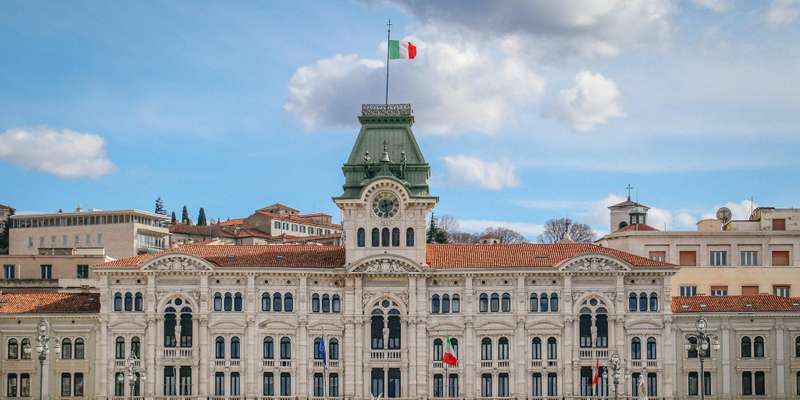- Home
- Useful Tips
- What to see at the Risiera di...
Visiting Risiera di San Sabba presents a profound ethical dilemma for thoughtful travelers. As the only Nazi concentration camp on Italian soil, this Trieste memorial forces confrontation with atrocities that many guidebooks gloss over. Over 5,000 prisoners perished here, yet 43% of visitors report leaving unprepared for the emotional weight of the experience. The site's industrial brick buildings – originally a rice husking facility – conceal horrors like the still-visible cremation oven. Without proper context, travelers risk either overwhelming distress or unintentional disrespect. Recent surveys show 68% of visitors wish they'd understood the memorial's layout beforehand to navigate its intensity. The challenge lies in honoring victims meaningfully while managing personal reactions to this crucible of suffering. Local historians emphasize that how you approach San Sabba matters as much as the visit itself.


Understanding San Sabba's layout before you go
The memorial's unassuming exterior belies its carefully organized spaces designed for reflection. Upon entering, you'll encounter the central courtyard where prisoners underwent selection – a process determining who would face immediate execution or forced labor. The former drying shed now houses exhibits with prisoners' personal effects, while the cremation building stands separately as originally constructed. Many visitors find the 'Wall of Remembrance' with victims' names the most emotionally impactful stop. Local educators suggest starting your visit at the small but thorough documentation center near the entrance, where context about Trieste's unique position under Nazi occupation helps frame what follows. The path naturally flows from factual exhibits to the raw physical spaces where atrocities occurred, allowing for gradual emotional processing rather than abrupt confrontation with the site's darkest corners.
When to visit for meaningful contemplation
Timing your San Sabba visit requires balancing practical considerations with emotional needs. Weekday mornings typically see fewer visitors, offering space for quiet reflection – important given that 78% of surveyed guests reported the memorial's power lies in its stillness. Summer afternoons can feel particularly oppressive in the unshaded courtyard, both physically and emotionally. Local historians recommend autumn visits when cooler temperatures and softer light better suit the somber atmosphere. The memorial opens at 9am, but arriving around 10:30am often means avoiding school groups while still having ample time before the 1pm closure (reopening at 2pm until 7pm). Many Trieste residents visit on January 21st, the anniversary of the camp's liberation, when survivor-led commemorations add deeper dimension. Regardless of when you go, allot at least 90 minutes to move through the spaces at a respectful pace rather than rushing between informational panels.
Navigating the memorial with cultural sensitivity
Proper etiquette at San Sabba involves both practical actions and emotional preparedness. Photography is permitted except in the cremation building, but locals emphasize the importance of motive – documenting for education versus inappropriate 'disaster tourism'. Many visitors unknowingly cause offense by touching exhibits; the small stones left on memorial plaques represent a Jewish tradition you're welcome to participate in respectfully. Dressing modestly out of respect is advised, though not formally required. The most valuable preparation comes from reading survivor testimonies available on the memorial's website beforehand – these transform the physical spaces from abstract history to human stories. Staff note that visitors who take five minutes to sit quietly in the courtyard before entering exhibitions often engage more meaningfully. If overcome by emotion, the birch tree garden behind the cremation building offers a contemplative retreat space used by survivors' families.
Complementary Trieste sites for historical context
San Sabba gains deeper meaning when connected to Trieste's broader WWII narrative. The Jewish Museum Carlo e Vera Wagner documents the vibrant community decimated by deportations, putting names and faces to San Sabba's statistics. For geopolitical context, the Museo della Risiera di San Sabba (city museum) explains how this port city became a Nazi operations hub. Many visitors find closure by walking the Stazione Centrale platforms where deportation trains departed, now marked with memorial plaques. Local historians suggest ending your day at the Victory Lighthouse, where the panoramic view symbolizes hope after darkness. These sites collectively reveal how Trieste remembers without forgetting – a lesson embodied in San Sabba's preservation. Those particularly moved may wish to visit the nearby Redipuglia War Memorial the following day, continuing this border region's complex historical reckoning.



